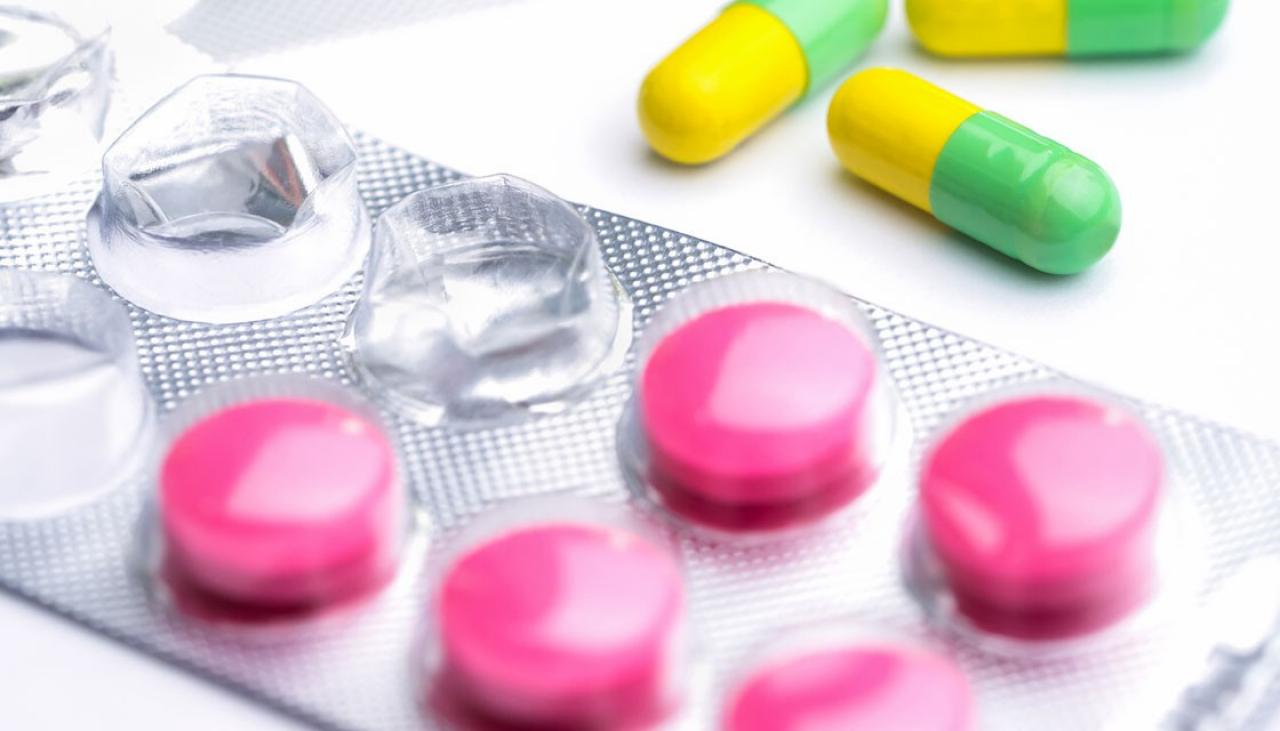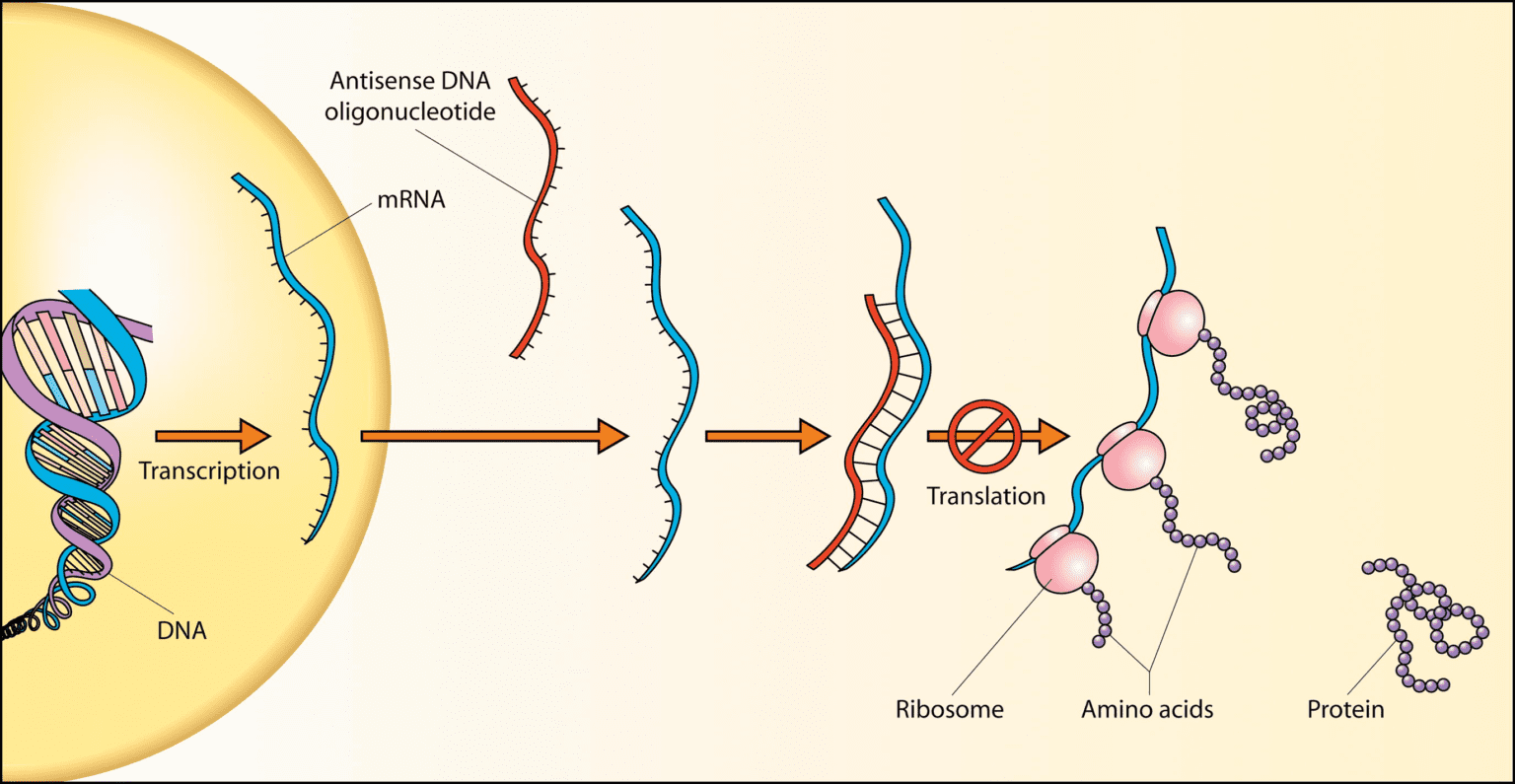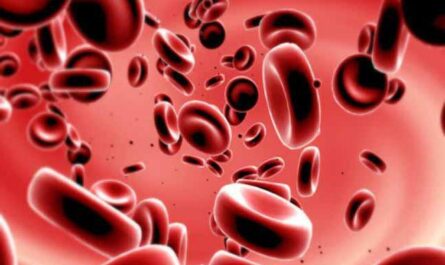The pharmaceutical industry in Europe holds a prominent position globally. With major advancements in medical research and drug development, European countries like the United Kingdom, Germany, France, Italy and Switzerland have established themselves as leaders in producing innovative medicines. This article explores some key aspects of the pharmaceutical drugs market in Europe.
Drug Approval Process in the European Union
The EMA serves as a centralized authority responsible for the scientific evaluation, supervision and safety monitoring of drugs in the European Economic Area (EEA). Some key steps in the EMA drug approval process include pre-clinical testing, three phases of clinical trials on human subjects, review of clinical data and manufacturing sites, risk management planning and post-approval monitoring for safety issues. On average, it takes 8-10 years for a new drug to undergo all stages of clinical testing and receive marketing authorization from the EMA. This rigorous scientific review aims to ensure high standards of quality, safety and efficacy of medicines for European citizens.
Top Pharmaceutical Markets in Europe
With billions of dollars worth of drugs sold annually, some of the largest pharmaceutical markets in the region include:
– United Kingdom: valued at around $27 billion, it is among the top 5 largest markets globally. British companies like GSK and AstraZeneca are leaders in global drug development.
– Germany: worth $41 billion, it has the biggest pharmaceutical industry in Europe. Major drug firms based in Germany include Bayer, Merck and Boehringer Ingelheim.
– France: valued at $32 billion, French players like Sanofi andServier are prominent worldwide.
– Italy: the $30 billion Italian market has grown in recent years led by companies like Menarini, Recordati and Zambon.
– Switzerland: home to large pharma players Novartis and Roche, it generates $28 billion yearly.
These nations devote significant investments in R&D activities, accounting for a large share of global pharma spending and innovations.
Top Selling Drug Categories
Some therapeutic classes dominating Europe Pharmaceutical Drugs sales include:
– Cardiovascular drugs: medicines for treating high blood pressure, cholesterol and heart conditions generate over $50 billion annually across Europe.
– Oncology drugs: cancer therapies have seen rapid growth driven by biologics and targeted therapies, with a market worth $45 billion.
– CNS drugs: treatments for neurological and psychiatric disorders like antidepressants, Alzheimer’s, Parkinson’s disease valued at around $40 billion.
– Anti-diabetes drugs: oral medications and insulin for managing diabetes earns over $25 billion.
– Respiratory drugs: products for asthma, COPD and other lung illnesses worth more than $20 billion.
– Others: sizable revenues also come from immunology, pain management and anti-infective drugs.
The aging population and rising prevalence of chronic diseases in European nations will likely propel future demand for these categories. Major innovations are also occurring in autoimmune and rare disease therapies.
Pricing and Access to Medicines
Given large public healthcare budgets, pricing and reimbursement decisions for new drugs go through detailed assessments by organizations like the UK’s NICE and Germany’s IQWiG. Manufacturers need to prove that a medicine provides superior clinical benefits over existing therapies at a reasonable cost to insurers and governments. Some measures adopted across Europe to contain drug costs include international reference pricing, generic uptake incentives, managed-entry schemes and EU-wide harmonization of value assessment criteria. At the same time, Europe continues its role as a hub for ground-breaking innovations in areas like gene/cell therapies which often come at very high price tags. Universal healthcare and affordability debates make pricing a contentious topic in European markets.
Brexit Impact and Regulations
The UK’s exit from the EU has brought regulatory uncertainties for British and European pharma players. Changes have been made to adapt UK drug approvals, clinical trials authorizations and supply chain rules post-Brexit. Industry groups are working with the government to protect cross-border trade flows, research collaborations and talent mobility essential for the knowledge-intensive pharmaceutical sector. A key challenge will be aligning UK drug and device regulations over time with those of the EU to facilitate marketing approval processes across borders. Strict privacy, safety and antitrust laws like Europe’s impending Data Governance Act will also govern digital health innovations shaping Europe’s future healthcare landscape.
With a large patient pool, progressive healthcare infrastructure and high R&D investments, Europe maintains a vital presence in the global pharmaceutical scene. Constant improvements in clinical trial regulations, manufacturing standards and value assessment criteria ensure patients have timely access to safe, effective and affordable treatment options. Harmonized rules on data protection and medical technology across EU nations will further facilitate medical advancements as newer therapies emerge. The region will keep driving innovation through public-private research and regulations that balance industry progress with healthcare affordability goals.
Note:
1. Source: Coherent Market Insights, Public sources, Desk research
2. We have leveraged AI tools to mine information and compile it



